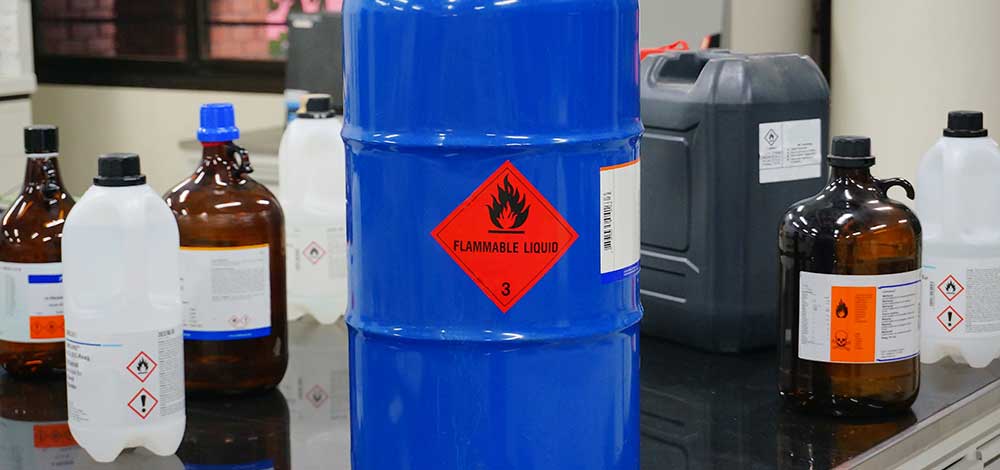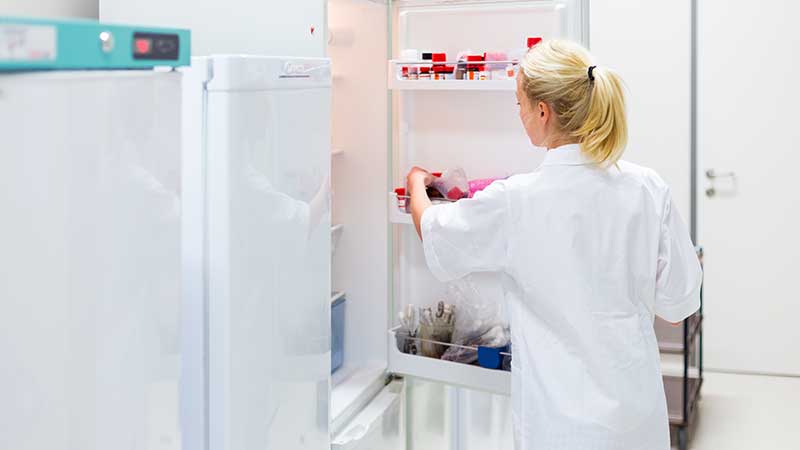Posts Tagged ‘lab refrigerators’
How to Specify a Flammable Refrigerator
Refrigerator explosions, while thankfully rare, highlight the critical importance of proper storage for flammable materials. These incidents typically occur when volatile substances are stored in standard refrigerators, where internal electrical components can ignite fumes. To prevent such hazards, it’s essential to understand how to specify a flammable refrigerator that meets safety standards and protects your…
Vaccine Storage Guidelines 2024
Medical practitioners preparing for the 2024-25 flu season should review CDC’s 2024 Vaccine Storage and Handling Resources to be assured they are in compliance with vaccine storage guidelines that “help protect your patients, safeguard your vaccine supply, and avoid the unnecessary costs of revaccinating patients and replacing expensive vaccines.” These vaccine storage guidelines are a…



